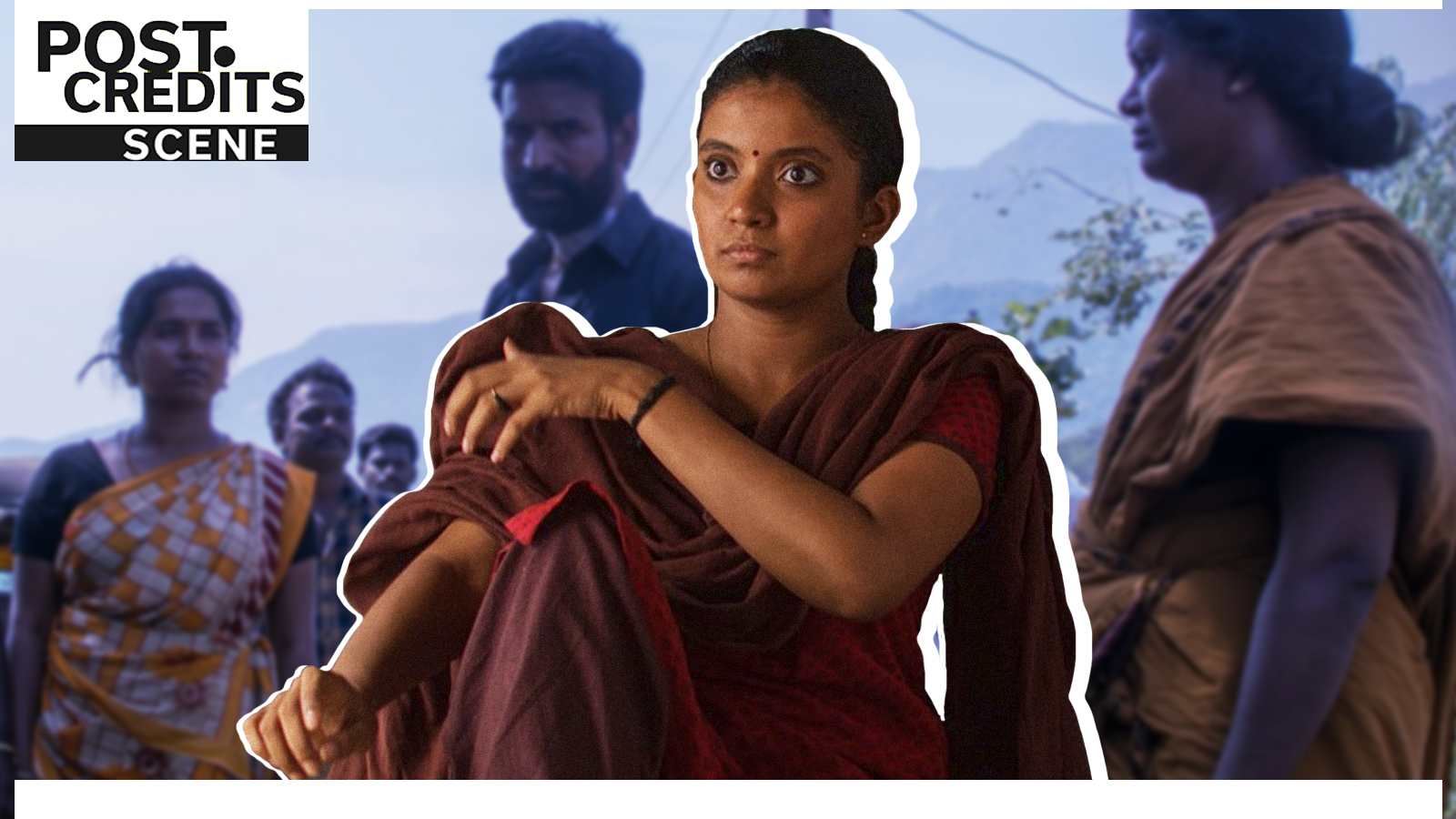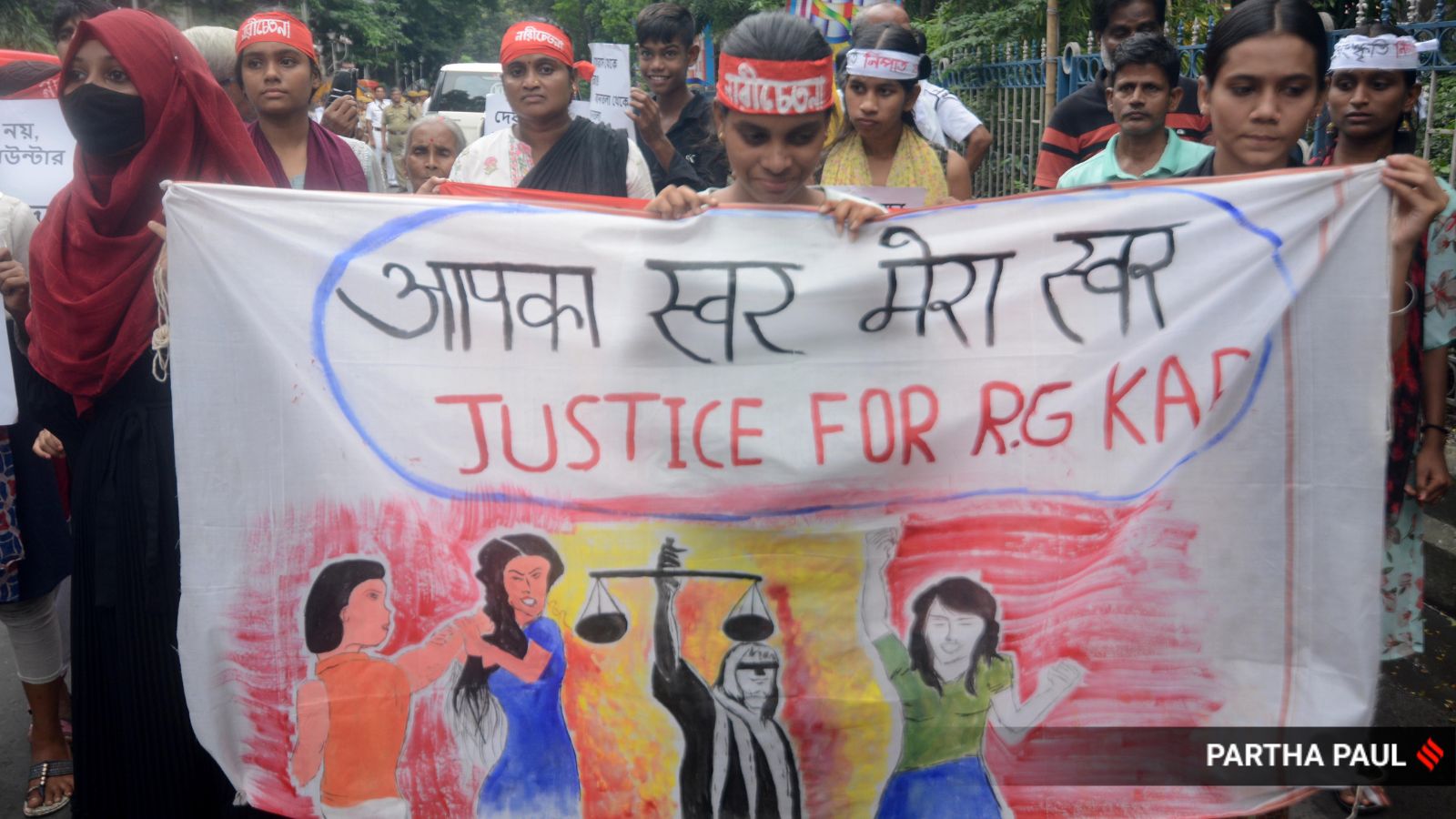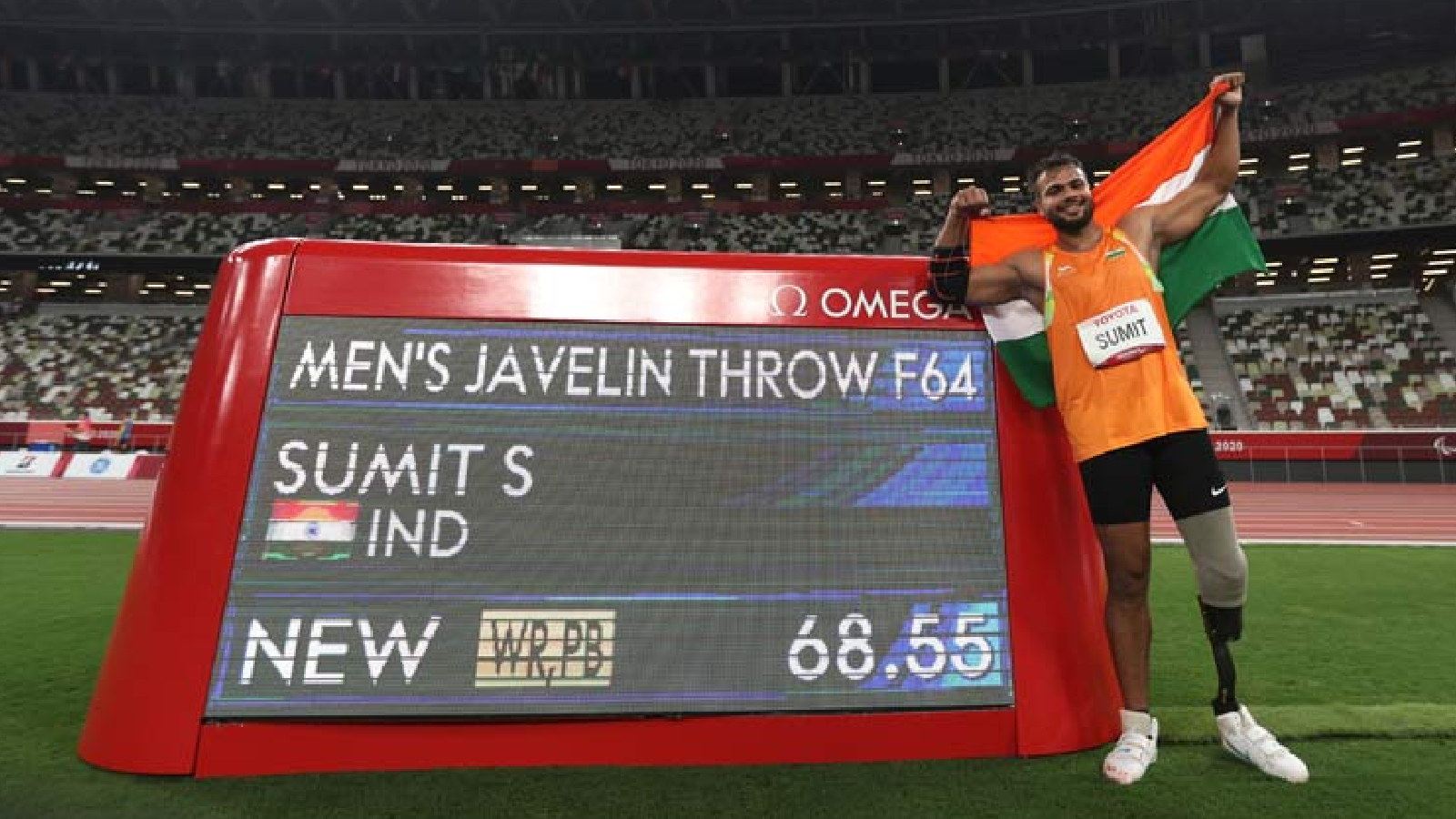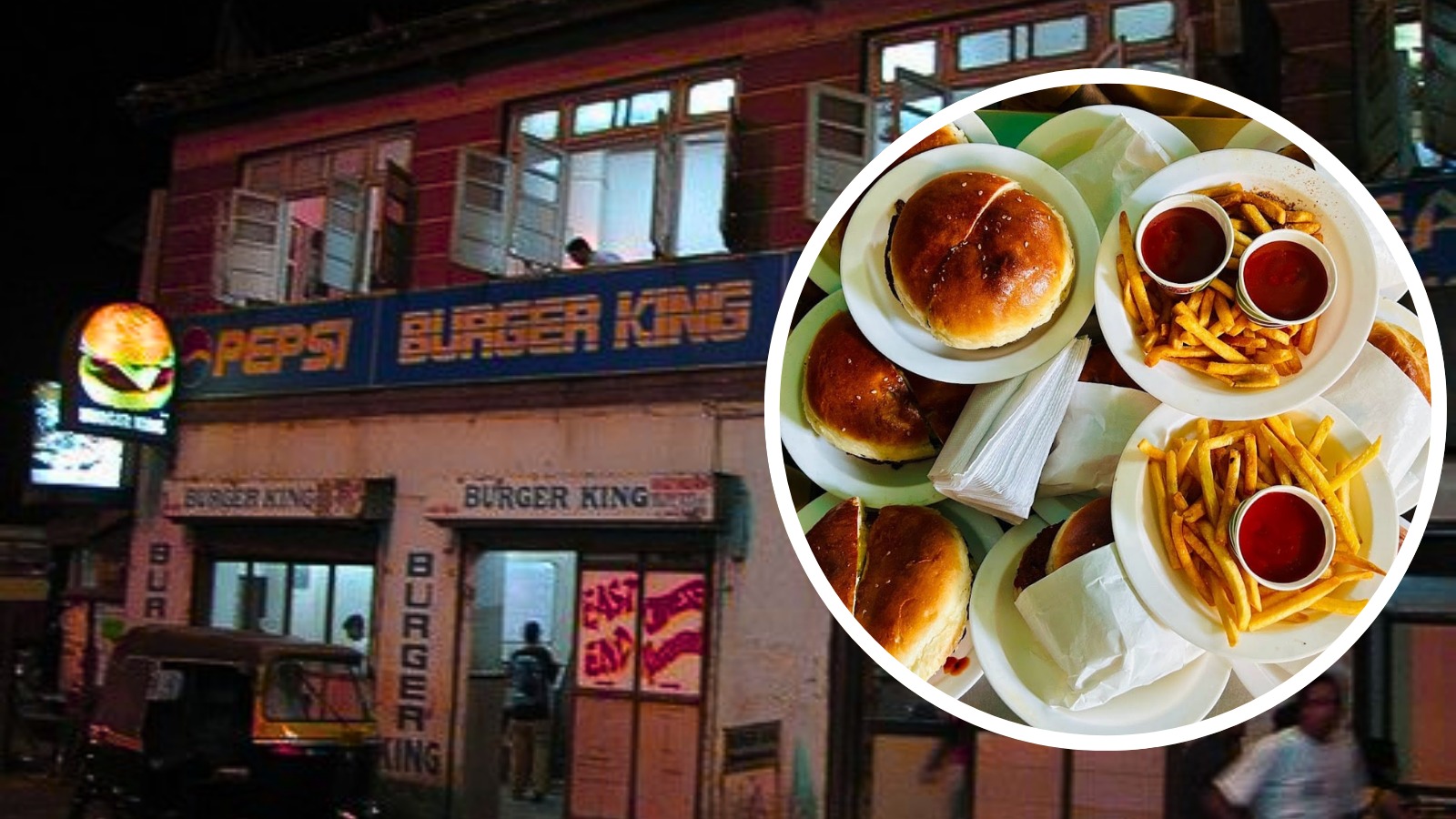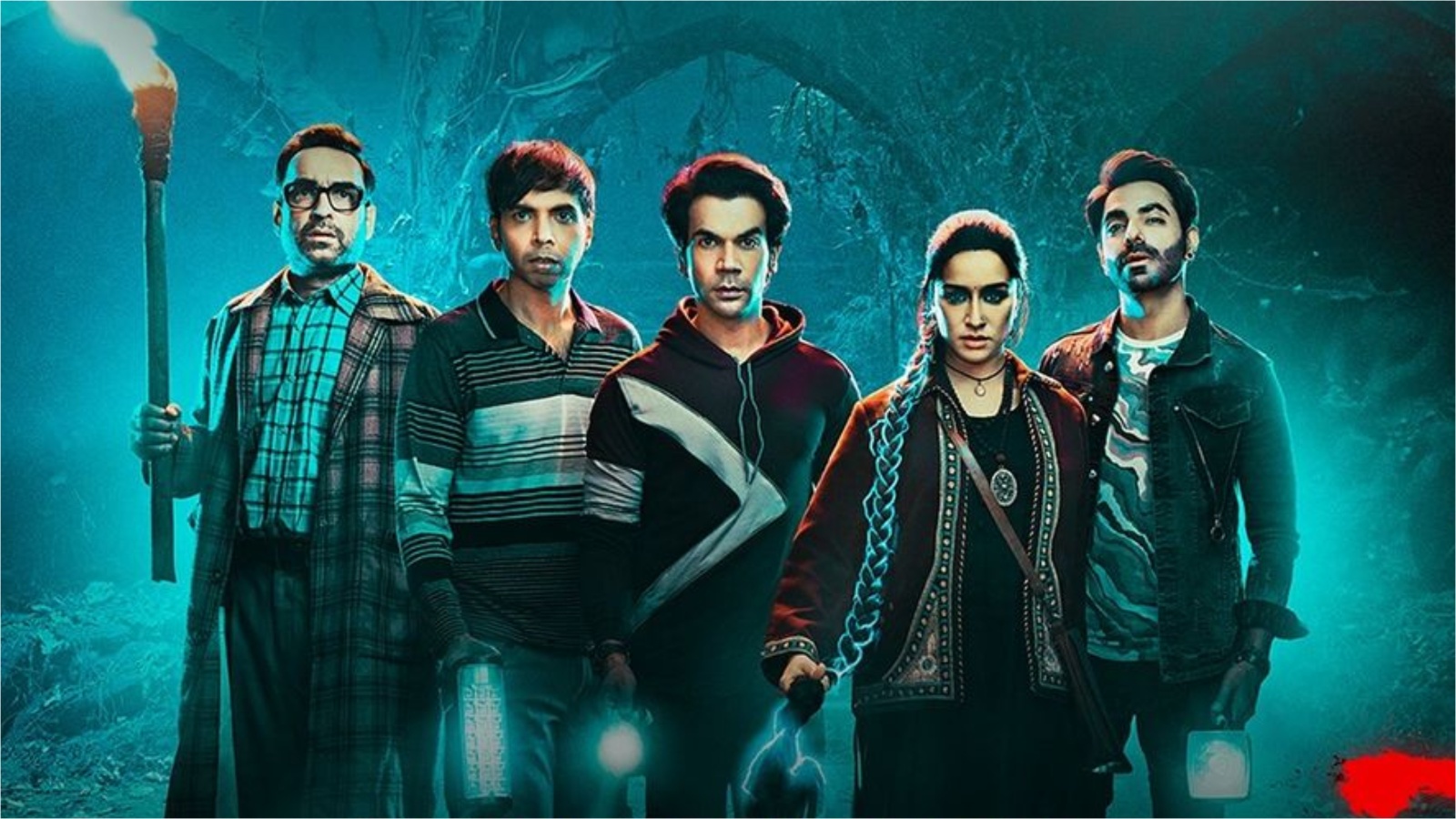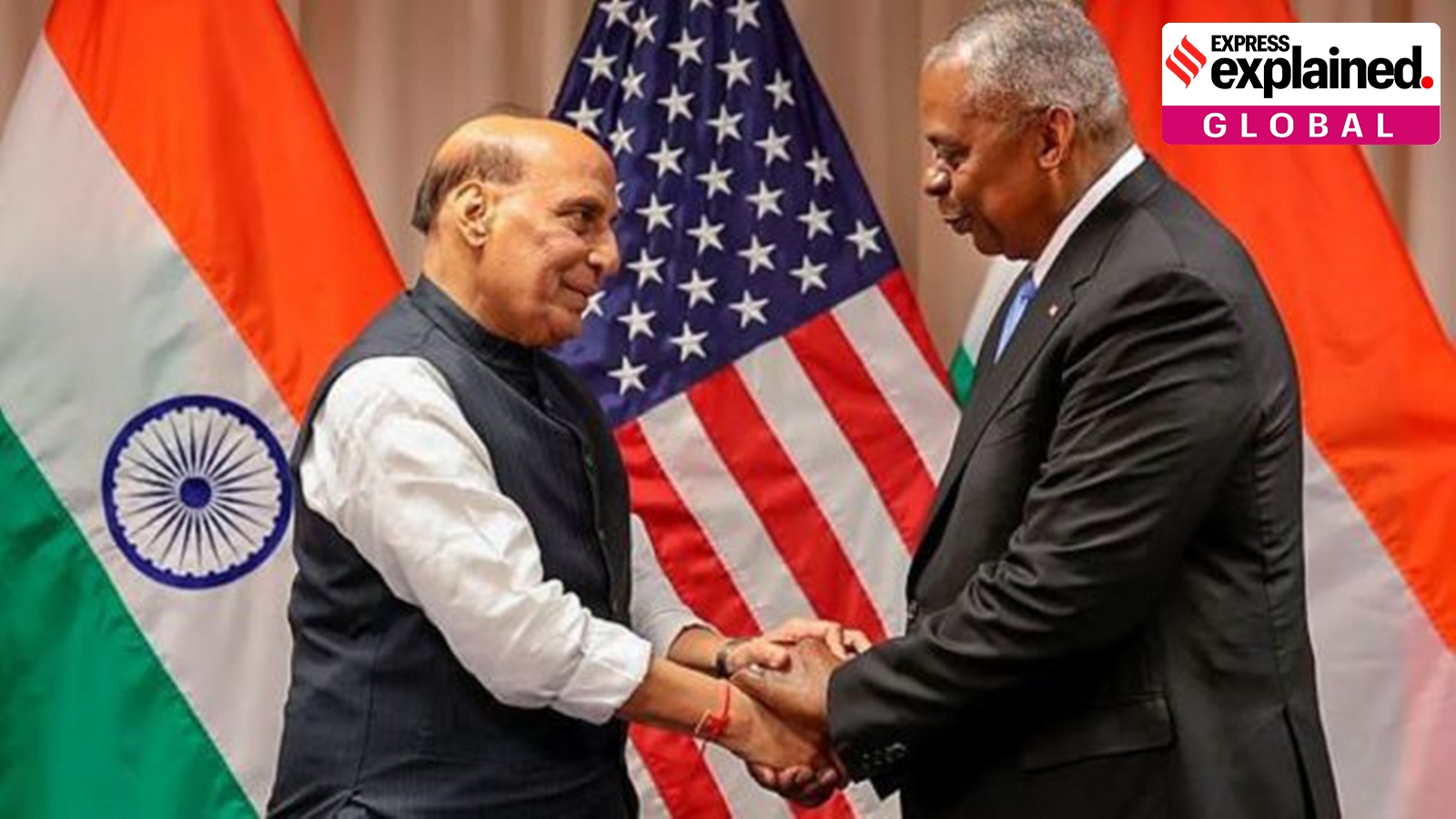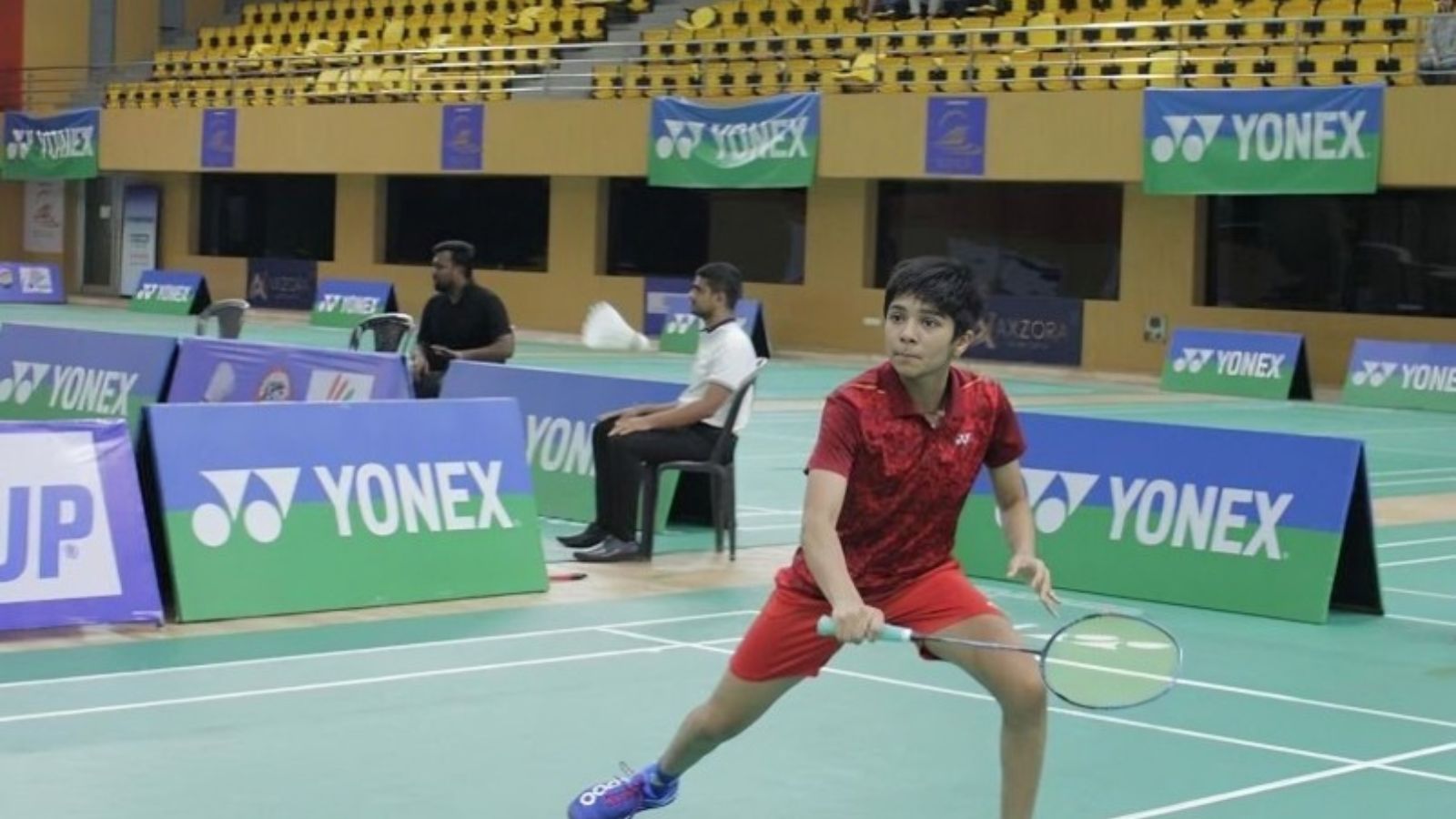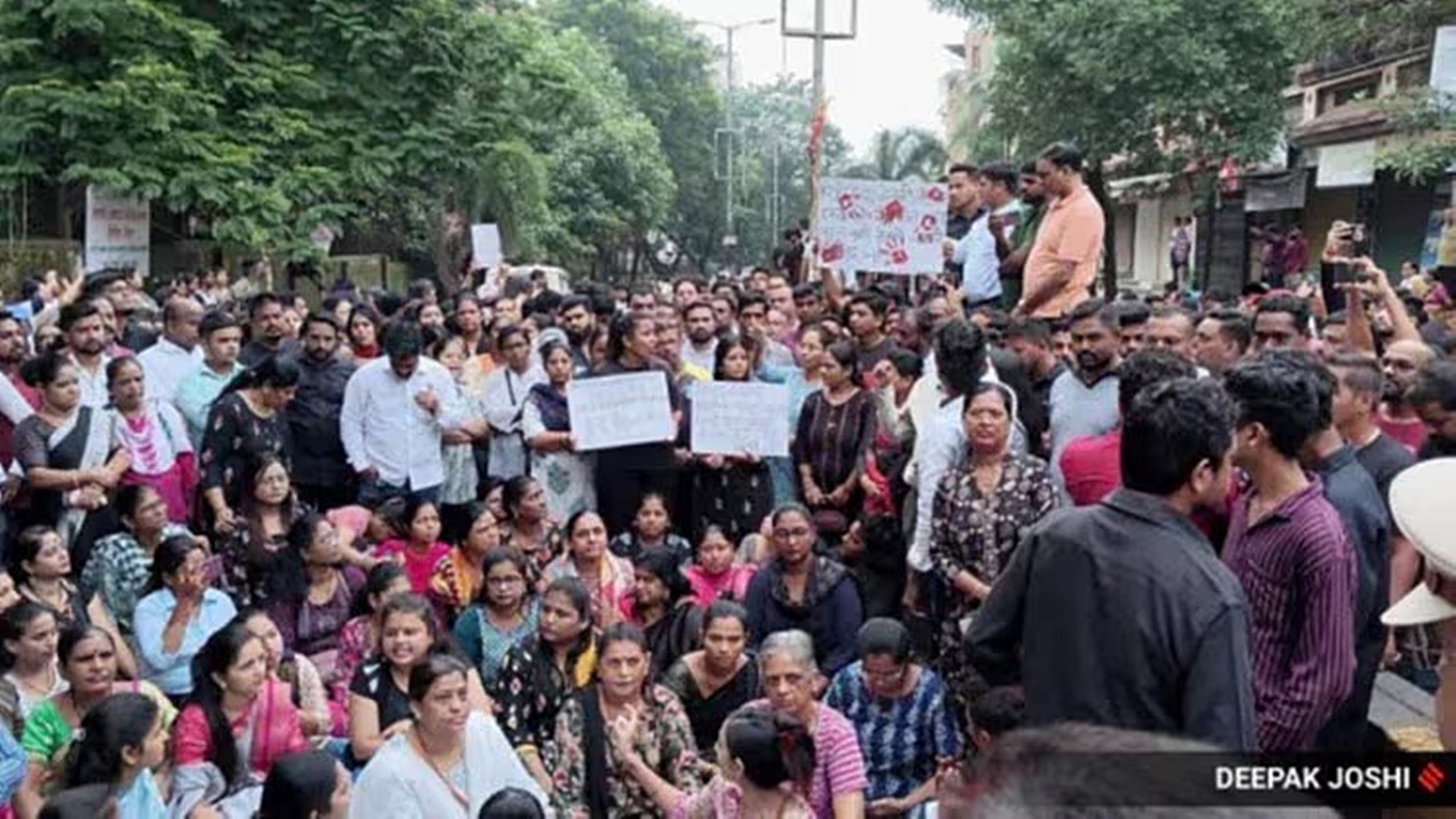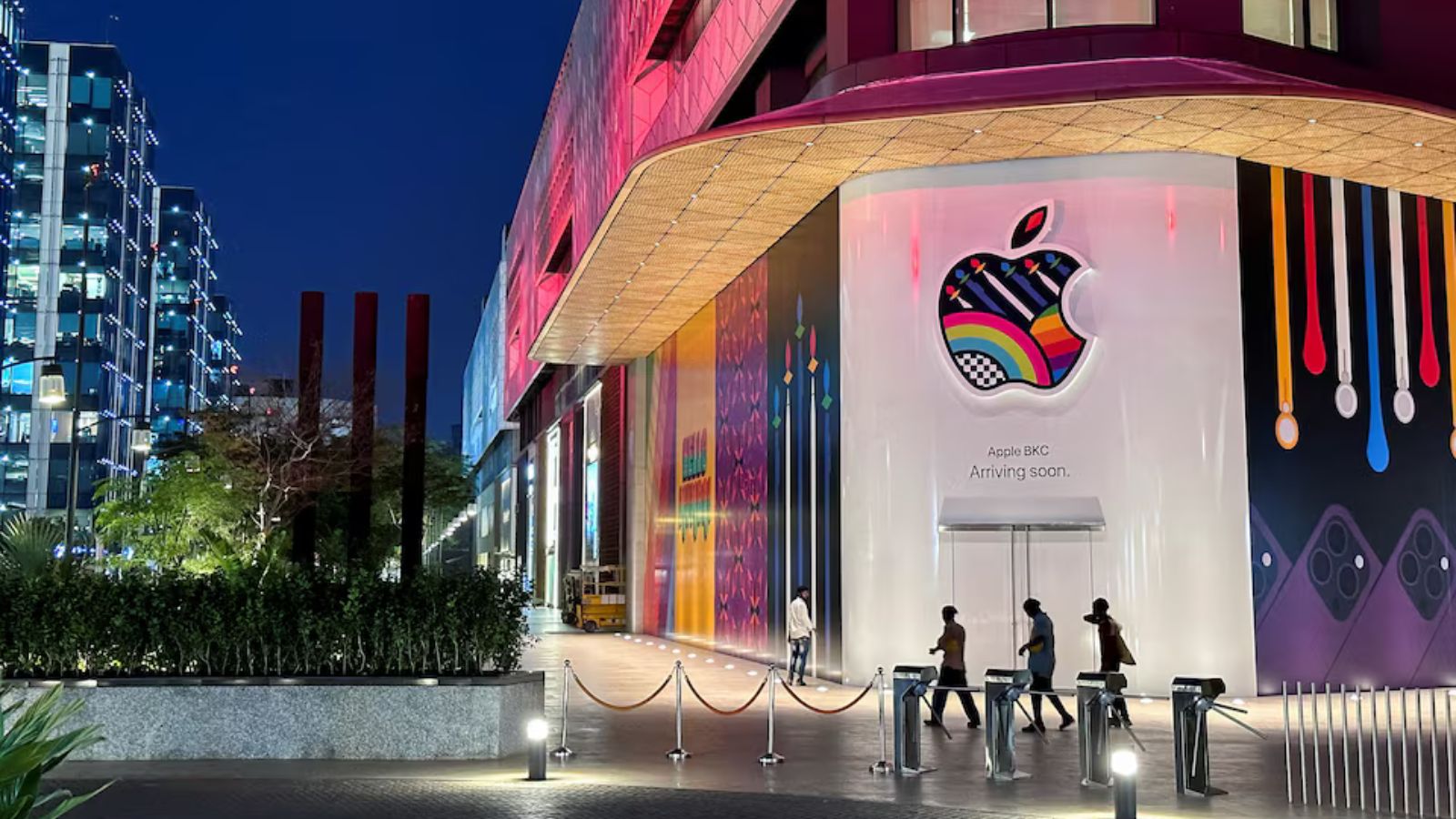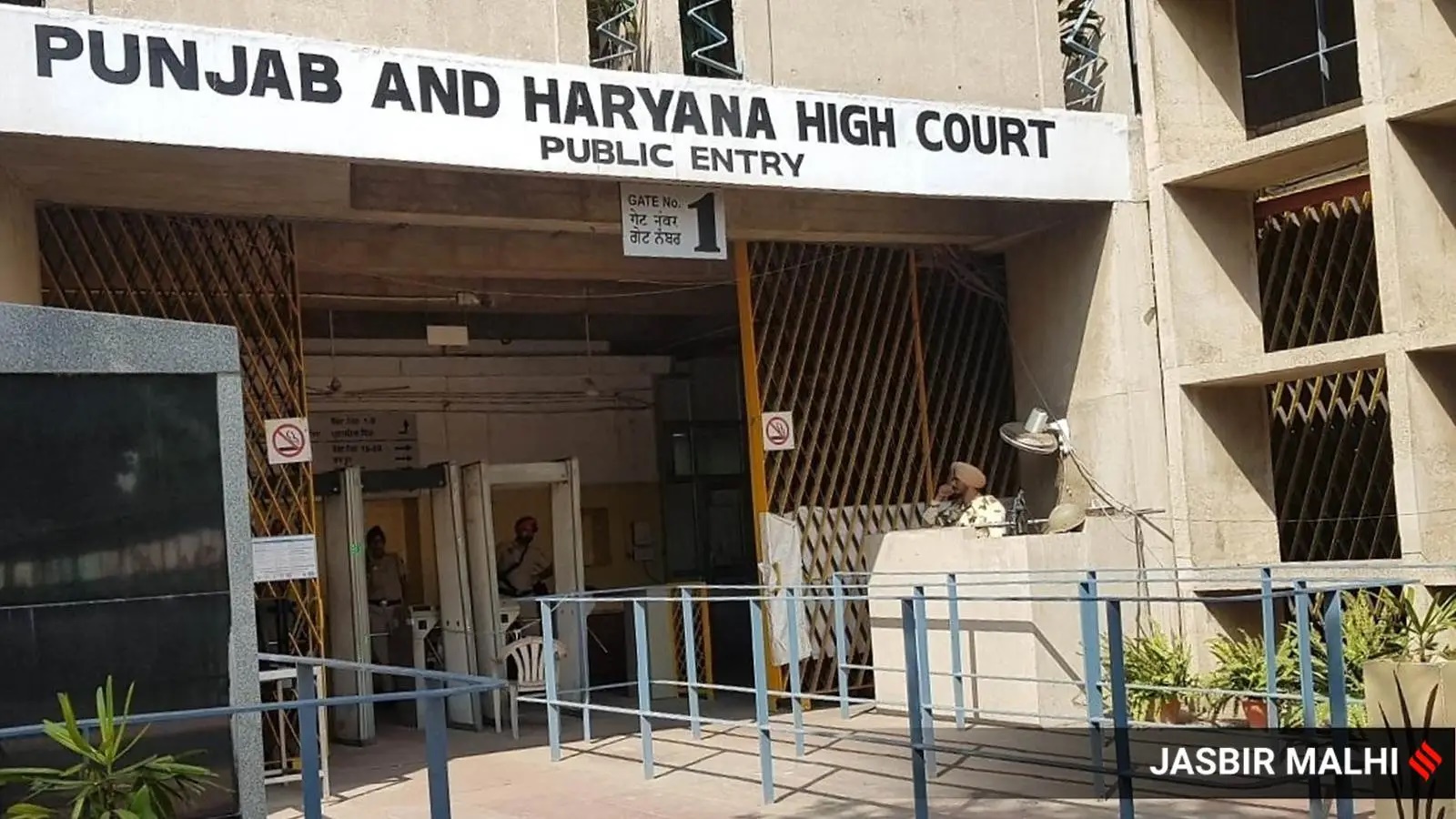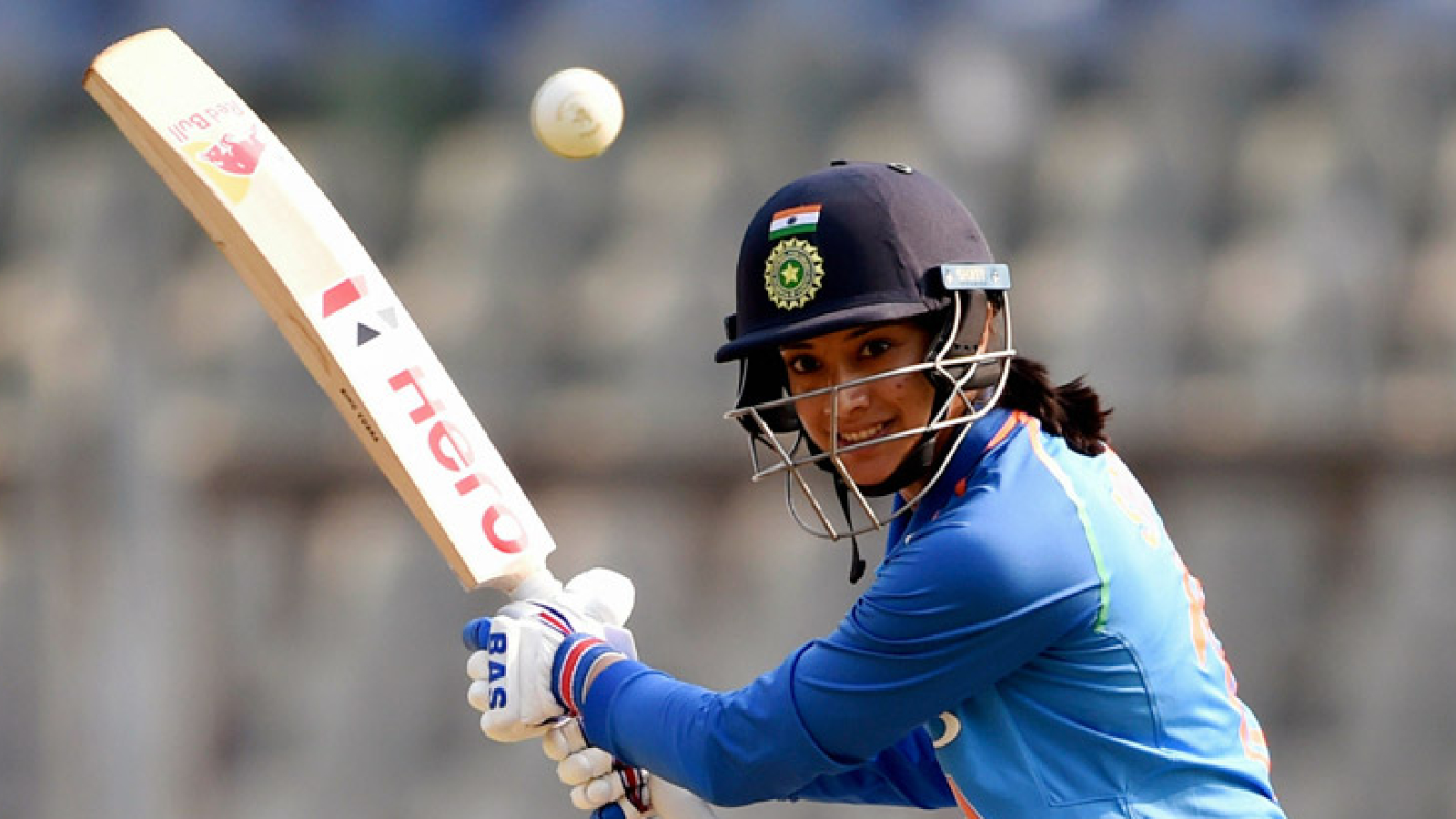You cannot travel an arm’s length in Delhi without bumping into momo stalls . From paneer momo, chicken momo, and veg momo, to tandoori momo and Kurkure momo — the dumpling and its varieties are as omnipotent as the city’s potholes. As someone born and brought up on milk and curd in Haryana, I should have been programmed to be as obsessed with these momo variations as the next person, however, the Nepali in me could never. But, more importantly, the Nepali in my mom would be appalled if I were. I am not alone. For most Nepali people — whether they grew up in India or not — momos here could never match up to its version in Nepal. Because they couldn’t even be third cousins thrice removed let alone sisters. Divya Marasini, an Indian Nepali who was born in Delhi, couldn’t agree more. “It’s like saying Big Chill is Italian food,” she tells me. But what might be even more surprising for many of you momo lovers is that it doesn’t even feature at the top of her list when she thinks of Nepali food. Like many other Nepalis, I talked to for this story. “Maasu (meat), saag bhaat (rice and saag), bhutuwa (Nepali stir-fried mutton) is what makes Nepali food for me. And, Wai-Wai, of course,” Marasini says. For those who don’t know, Wai-Wai is to Nepalis what Maggi is to Indians. While the steamed dumpling has undoubtedly captured the Indian palate, momo represents but a fraction of the diverse and flavourful Nepali cuisine. This Himalayan culinary tradition offers a wealth of dishes that deserve recognition and exploration. So why has momo taken centre-stage for so long? According to Sous Chef Basant Rana at ‘The Park’, New Delhi, it stems from momo’s perfect blend of convenience, affordability, and flavourful appeal. “In bustling cities like Delhi, where life moves fast, momo is not just a snack but a quick, satisfying meal that caters to the urban lifestyle. Its ease of preparation and versatility in cooking methods—whether steamed, fried, pan-fried —makes it accessible to a wide range of taste preferences,” he explained in an interaction with The Indian Express . While these experiments have appealed to some, they have also raised concerns about the dilution of the momos’ authentic character. Aarati Thapa, the founder of Boju’s Kitchen – a Nepalese food restaurant in Gurgaon, points out momo’s authenticity has been compromised by variations like Kurkure or peri-peri momo or even the addition of non-traditional accompaniments like mayonnaise. She says the dumpling is traditionally served with a tomato and garlic chutney or achaar in Nepal, along with a clear soup. “I would rather not call it momo because then it becomes a completely different dish altogether,” Thapa says. This is not just the problem of the momo. Almost all authentic cuisines when transplanted in a different country as a streetfood (or otherwise) undergo this transformation, perhaps to make it more palatable to this new culinary pool. The biggest example is Japan’s sushi — think of all its vegetarian, achaari and now even Jain variations. However, Salu Rizal, a Nepali woman who lived in India during her undergrad years, says some of these variations like the Tandoori momo have fascinated her. “That is something we did not have back home and it was good to see how Indians adapted their cooking skills to momo. But I found it so weird that they serve momo with mayonnaise — I couldn’t reconcile with that. Momo and achaar are a vibe together,” says Rizal. Rizal also pointed out that it should be called momo and not momos — because momo is not an English word, pluralising it is not only grammatically incorrect (like saying pooris and laddoos ) but also hurtful to many Nepali people. The Himalayan kingdom with its verdant valleys and snow-capped peaks, has fare as robust and diverse as its landscape. From the Newars to the Rais or the Sikkimese and the Darjeeling Nepali, the cuisine is just as different as its people. A similarity it shares with Indian food. But what forms the heart of a Nepali meal is your good, old dal-bhat-tarkari, as Shriya, 25, an Indian Nepali woman from Manipur, says. Rice and dal is the staple food of all Nepalis, along with a sabzi or tarkari to go with it. And moola ko achaar (radish pickle), of course! Greens like saag and mutton are also an inseparable part of a quintessential Nepali meal. Thali culture has also been a part of Nepali cuisine, a slice of which I got to partake in at the Nepali food festival at The Park, New Delhi, where all these components were served. A post shared by THE Park New Delhi (@theparknewdelhi) Another underappreciated gem is thukpa , a comforting noodle soup that has gained some popularity but still remains relatively unknown compared to momo. Its versatility and ability to adapt to different tastes make it a promising candidate for wider acceptance. Fermented foods like kinema (fermented soybean), gundruk (fermeted greens), and sukti ko achaar (fermented dried fish pickle), which are staples in Nepali cuisine , are yet to gain significant traction in India. These foods offer a unique flavour profile and potential health benefits, but their strong taste might require a gradual introduction to the Indian palate. The challenges faced by Nepali restaurants in India extend beyond the popularity of momo. There is a need to educate consumers about the broader spectrum of Nepali cuisine, highlighting its diversity and health benefits. “We often get customers who truly want to eat authentic Nepali food and are willing to try,” said Aarati Thapa of Boju’s Kitchen. Many like Juhi Yasmin and Abu Sarwar from ‘Bhansaghar’, one of Delhi’s first Nepali food restaurants in Safdarjung after the behemoth food chain Yeti . They have been trying to bring small changes like introducing the concept of jhol momo back in 2017 when they started. “The reception wasn’t as great in the beginning but now people come to us to eat it all the time,” says Yasmin. Restaurants have to strive to maintain authenticity while adapting to local tastes and preferences. “When in Rome, do as the Romans do,” the co-founder of Bhansaghar adds. The integration of Nepali cuisine into the Indian food scene is still very much a work in progress. While the momo has paved the way, there is immense potential for other Nepali dishes to gain recognition and popularity. As more people discover the depth and complexity of these flavours, the demand for authentic Nepali dining experiences is likely to grow. None
Popular Tags:
Share This Post:
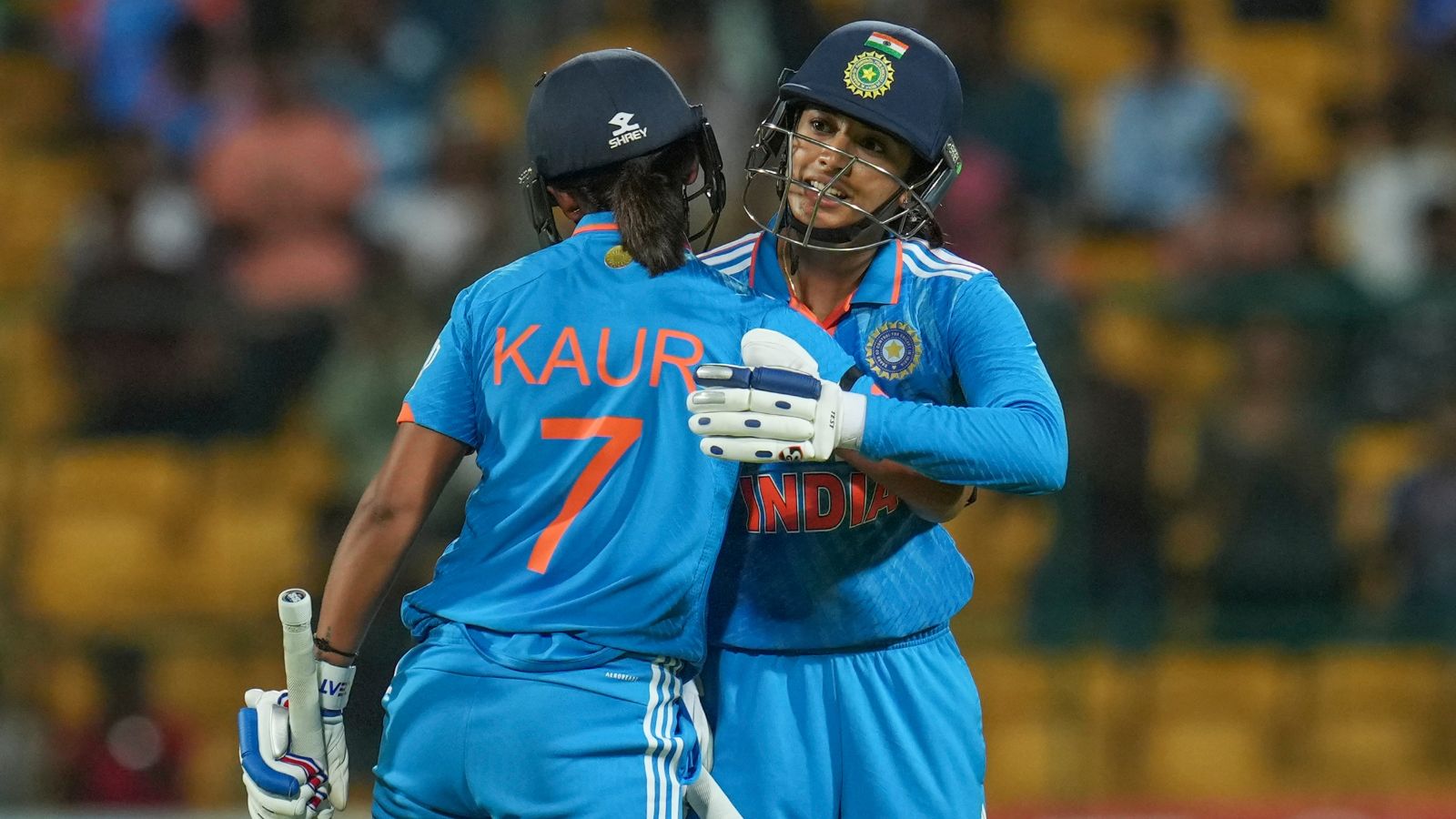
Women’s T20 World Cup 2024: Full schedule, match dates, groups, squads and venues
August 27, 2024What’s New
Spotlight
Today’s Hot
-
- August 27, 2024
-
- August 27, 2024
-
- August 27, 2024
Telegram becomes free speech flashpoint after founder’s arrest
- By Sarkai Info
- August 27, 2024
Featured News
IBM to close China R&D department, affecting over 1,000 jobs
- By Sarkai Info
- August 27, 2024
Latest From This Week
How India’s U-15 winner trained in China, won local tournament at 6
ARTICLE
- by Sarkai Info
- August 27, 2024
OpenAI supports California AI bill requiring ‘watermarking’ of synthetic content
ARTICLE
- by Sarkai Info
- August 27, 2024
Subscribe To Our Newsletter
No spam, notifications only about new products, updates.

